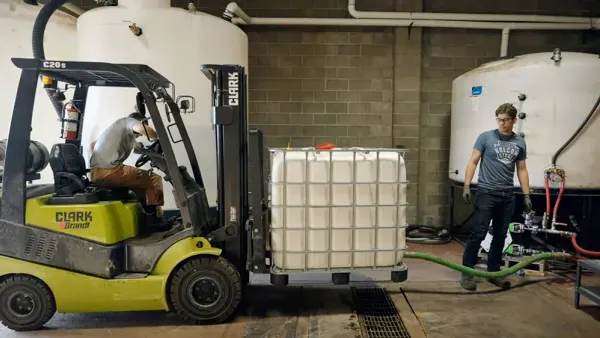In the evolving landscape of energy management and sustainability, leveraging data to secure funding and demonstrate the return on investment (ROI) of sustainability projects is crucial. A prime example of this approach is the University of Texas Medical Branch (UTMB) in Galveston, which has been employing innovative strategies to optimize energy usage and secure funding for sustainability initiatives.
Sean Finnegan, Business Operations Manager at UTMB, an engineering science graduate with an MBA and certification as an energy manager, has been instrumental in deploying energy and sustainability technologies and projects at UTMB to drive both cost savings and sustainability.
UTMB, an academic health sciences center, faced significant challenges on its Galveston Campus following Hurricane Ike in 2008. The disaster underscored the need for reliable energy for healthcare, research and academic operations. In the past five to seven years, UTMB has shifted its focus toward becoming an industry leader in energy management, leveraging data analytics to enhance sustainability.
One striking example of UTMB’s data-driven approach occurred in August 2023 during a volatile time in the ERCOT market, when electricity prices spiked to over $5,000 per megawatt hour. Utilizing real-time data from EnergyCAP's SmartAnalytics (fka Wattics), UTMB identified consistent peak pricing times and strategically adjusted the setbacks for non-critical buildings to 1:00 PM. This change, initially meant as a temporary measure to reduce peak charges, proved so effective in reducing energy consumption without impacting humidity or temperature that it was adopted permanently. The result was a significant cost saving, which UTMB anticipates will recur in subsequent summers.
Another critical initiative at UTMB involved the Galveston Campus’ central utility plant, built in 1964 and now outdated and inefficient. Data from EnergyCAP UtilityManagement and EnergyCAP CarbonHub was used in the university’s proposal for the FEMA BRIC (Building Resilient Infrastructure and Communities) grant. This project, aimed at replacing old chillers with more efficient ones, could lead to a reduction of 7.3 million kWh per year in energy consumption, equivalent to 5,195 metric tons of CO2. The ability to quickly gather and present relevant information underscored the effectiveness of UTMB’s approach to data.
UTMB’s story is a testament to the power of integrating various data solutions for a comprehensive view of energy and sustainability operations. Housing this data in a single source of truth enables organizations like UTMB to build compelling business cases for sustainability projects, secure necessary funding and demonstrate the tangible ROI of these initiatives.
In conclusion, UTMB’s experience serves as a case study for organizations looking to leverage data in their sustainability efforts. By employing real-time energy analytics and comprehensive data solutions, institutions can not only enhance their operational efficiency and sustainability but also effectively secure funding and demonstrate the ROI of their sustainability initiatives.
This approach is not just about saving costs; it’s about leading the way in energy management and environmental stewardship, setting an example for others to follow.










